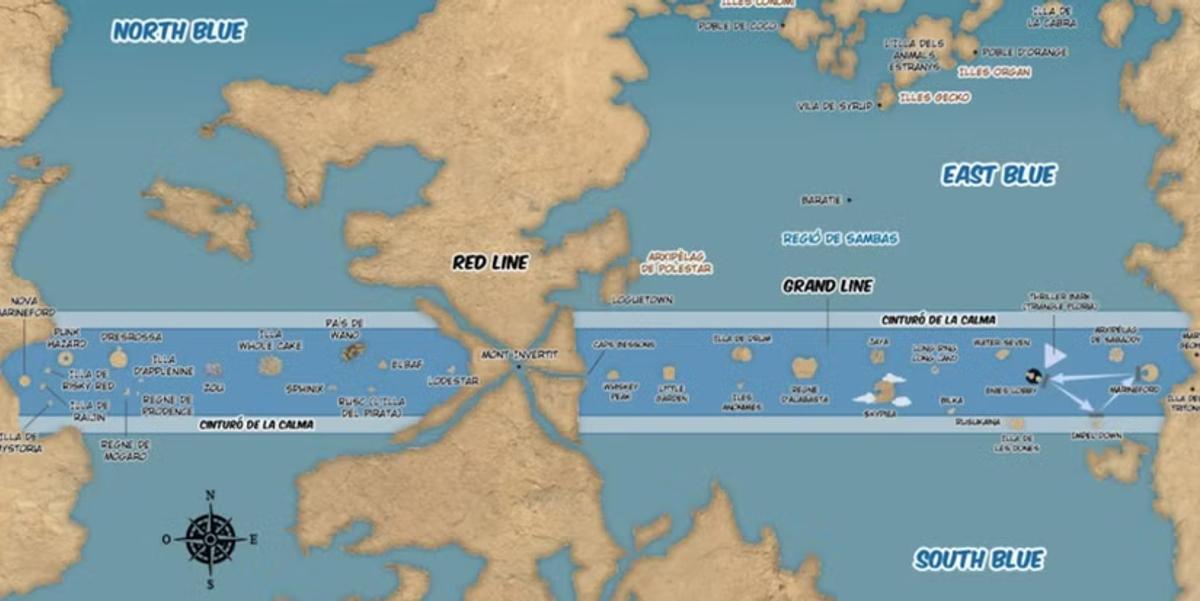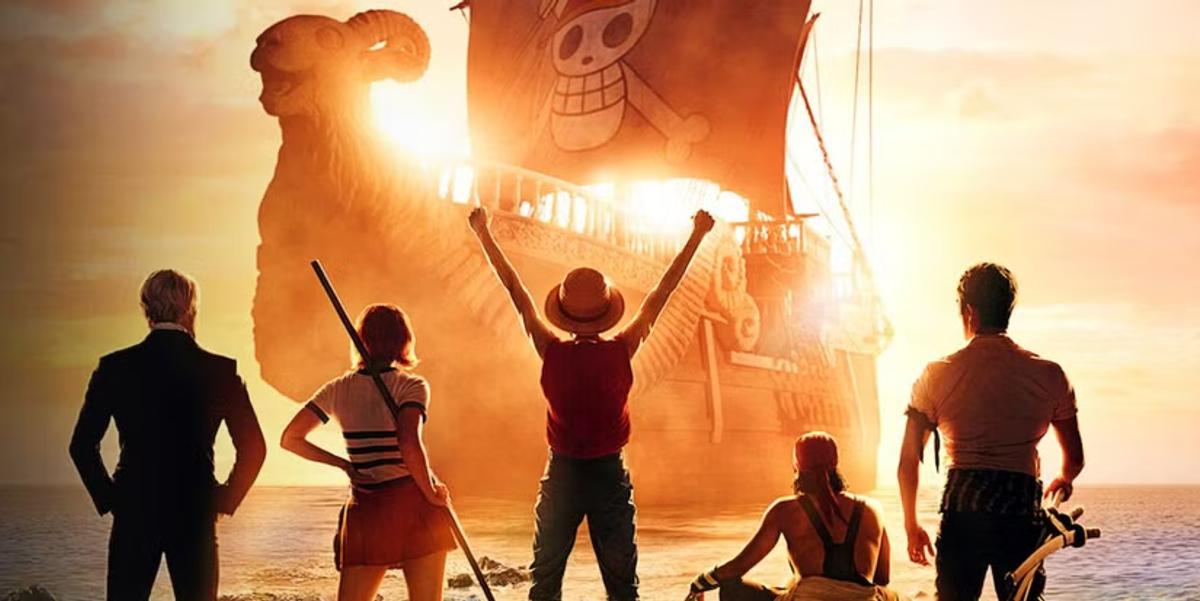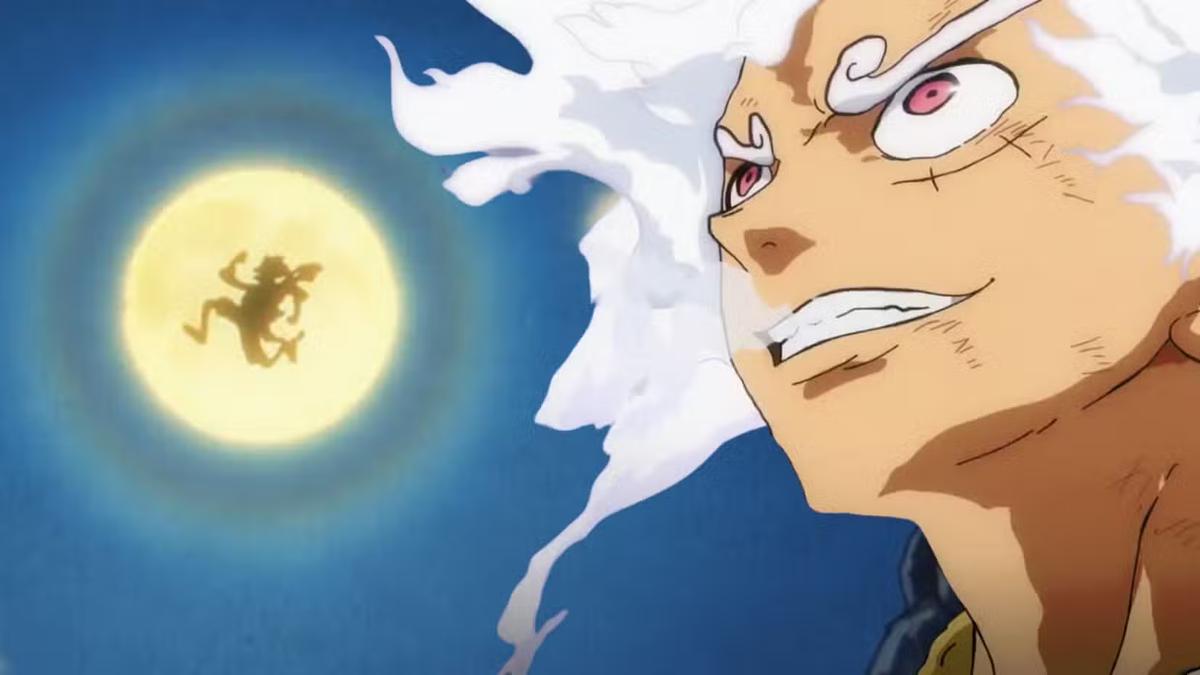A map full of memory
The Grand Line isn’t just a route—it’s a history book. Every island Luffy visits carries scars from earlier eras, from ancient conflicts to half-forgotten inventions. Oda treats travel like archaeology: characters push forward, but the story constantly uncovers the past.

The Void Century as negative space
Rather than dumping lore, One Piece lets absence do the talking. Lost years spark questions; ruins hint at erased knowledge. That mystery drives plot (who hid the truth) and theme (who controls history) while keeping readers engaged in the treasure hunt for context.
Cultures that change the crew
Islands aren’t palette swaps. Clothing, food, slang, and tech vary—often shaping how the Straw Hats act. Sanji’s menus adapt, Nami retools maps, Usopp’s stories land differently depending on local myths. Small customs (greetings, laws, taboos) give adventures texture.

Politics with consequences
Oda balances whimsy with governance and power. Kingdoms keep archives, journalists chase leaks, the Navy wrestles with funding and reputation. When the crew leaves, policies remain, affecting trade and ordinary people—worldbuilding continues off-panel.

Technology as archaeology
Transponder snails, dials, and ancient ships aren’t random gags—they’re artifacts. People hack old tech into modern needs, creating the series’ signature retro-futurism. It feels like a world that grew, not one that was designed yesterday.
The timeline you feel, not memorize
Flashbacks do more than explain villains; they show how societies remember. Statues topple, flags change, stories get retold. Memory becomes a battleground, and the Straw Hats routinely choose the side that preserves human truth over official narratives.
Why it works
- Clear stakes in the present
- Slow-burn mysteries from the past
- Local detail that reshapes the crew each stop
- Humor that keeps dense lore approachable
Bottom line
One Piece feels alive because its history isn’t homework—it’s fuel. Every chapter moves forward while deepening the past, making the world bigger each time the Sunny raises its sails.

